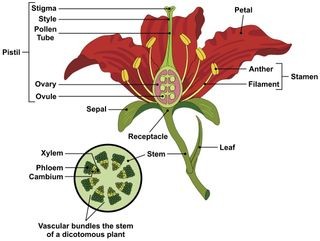The notion of what constitutes a berry often clashes with scientific classification. While strawberries, raspberries, and blackberries might seem like the quintessential berries, they aren’t. Surprisingly, bananas, along with eggplants, grapes, and oranges, belong to the berry family in the botanical world. So why this confusing discrepancy?
The confusion stems from the fact that the term “berry” predates scientific classification by thousands of years. According to Judy Jernstedt, a professor of plant sciences at the University of California, Davis, people associated berries with small, soft fruits easily plucked from plants. However, the scientific definition delves much deeper.
The Scientific Definition of a Berry
Botanically, a berry is a fruit with three distinct fleshy layers:
- Exocarp: The outer skin (e.g., the peel of a banana or the rind of a watermelon)
- Mesocarp: The fleshy middle part
- Endocarp: The innermost layer containing the seeds
Furthermore, a true berry must develop from a single flower with a single ovary and contain two or more seeds. This is where the common understanding of berries falls apart.
Why Aren’t Strawberries and Raspberries Berries?
While they share the fleshy characteristics, strawberries and raspberries don’t meet all the criteria. They develop from flowers with multiple ovaries. Each small segment of a raspberry, for example, is a drupe, a fruit type with a thin skin, fleshy middle, and a hard stone containing a single seed. Strawberries, similarly, are aggregate fruits composed of multiple achenes, each containing a seed. Cherries, with their single seed encased in a pit, are also drupes, not berries.
Other Surprising Berries: Oranges and More
Oranges, classified as hesperidiums, a subtype of berry, further illustrate the complexity of fruit classification. They possess the three fleshy layers, multiple seeds, and develop from a single ovary. However, their distinct segmented structure sets them apart. Other surprising members of the berry family include tomatoes, peppers, cranberries, eggplants, and kiwis, all originating from a single-ovary flower.
The Complexity of Berry Classification
Classifying fruits, especially berries, is a complex endeavor. Nature’s diversity often defies rigid categorization. While scientists strive to impose order, the evolutionary paths of plants have resulted in a wide array of fruit types with overlapping characteristics. The “berry” category reflects this complexity, highlighting the fascinating science behind the fruits we eat. Ultimately, these fleshy fruits, regardless of their scientific label, serve a crucial ecological purpose: attracting animals to consume and disperse their seeds, ensuring the continuation of plant life.

